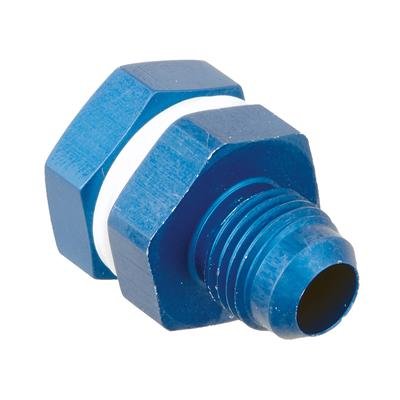Nopistn
Senior Member
so as a followup to this thread http://www.trawlerforum.com/forums/s3/bladder-smaller-poly-tanks-40487.html
I ordered 2 50 gallon diesel tanks https://www.easternmarine.com/moeller-50-gal-below-deck-fuel-tank-032550
that's about the biggest tank I can get into the engine room without major trouble... and I can get 3 in there for the factory 150 gal capacity if I need to. this is all on the PORT side only for now.
So my question is: should I attempt to connect the tanks at the bottom to make one 100 gal fuel tank, or keep them separate?
If I connect them it's going to be complicated to add a fitting to the bottom of a Polyethylene tank... from my research I'll have to install a nut on the inside of the tank and possibly cut an inspection port to do so.
And if I keep them separate do I install a second deck fill? or have a selector valve for each tank and a Y?
also if they are separate I'll have to figure out the fuel pickup situation.
any help/advise is appreciated while I brainstorm and wait for tanks to come in.
Thanks
I ordered 2 50 gallon diesel tanks https://www.easternmarine.com/moeller-50-gal-below-deck-fuel-tank-032550
that's about the biggest tank I can get into the engine room without major trouble... and I can get 3 in there for the factory 150 gal capacity if I need to. this is all on the PORT side only for now.
So my question is: should I attempt to connect the tanks at the bottom to make one 100 gal fuel tank, or keep them separate?
If I connect them it's going to be complicated to add a fitting to the bottom of a Polyethylene tank... from my research I'll have to install a nut on the inside of the tank and possibly cut an inspection port to do so.
And if I keep them separate do I install a second deck fill? or have a selector valve for each tank and a Y?
also if they are separate I'll have to figure out the fuel pickup situation.
any help/advise is appreciated while I brainstorm and wait for tanks to come in.
Thanks


